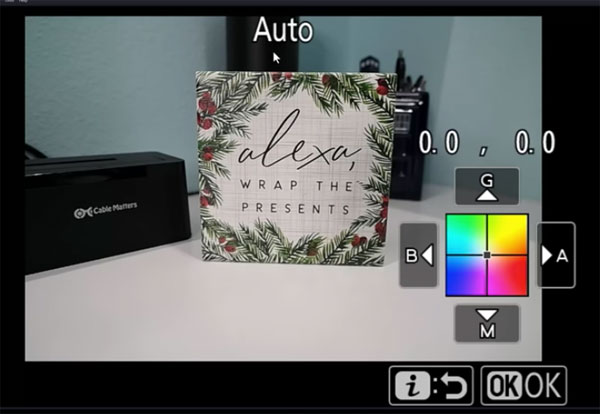White Balance: “The Most Important Camera Setting” (VIDEO)

We all strive to capture true-to-life photos so they look as great as possible straight out of the camera. That means paying close attention to exposure focus, and other key shooting variables, as well as choosing the proper camera settings for the specific task at hand.
In the important tutorial below you’ll see why one pro says, “White Balance is probably the most important settings on your camera, and probably one of the most overlooked.” With this episode from the Shutter Speak YouTube channel you’ll learn everything you need to know.
As instructor Joseph Nuzzo says, one of the primary jobs of your camera is to render colors accurately. He quickly reviews how a camera accomplishes this essential task, but here’s the payoff: “If the camera can accurately reproduce white, it can accurately reproduce every other color in your scene.”

With that as a preface it become clear why Nuzzo says setting the camera properly is absolutely crucial if you want natural look results without considerable post processing. At this point you may be asking yourself, “But what about Auto White Balance?”
Nuzzo has a simple answer to your question: “Auto White Balance works until it doesn’t.” In short, there are times when you have to take control, and choose this setting yourself. And that’s what the video is all about.
In less that 13 minutes Nuzzo walks you through the simple process of choosing the right setting for whatever scene you confront. He explains how this works with Nikon Z mirrorless cameras, but the concept is pretty much the same with whatever camera you own. Just dig around in the menu and you’ll find what you need.

Nuzzo discusses how a gray card or color checker simplifies the task of setting White Balance manually. He also provides a quick-and-effective hack if neither of these affordable accessories are available.
You can find more helpful tips and tricks by paying a visit to Nuzzo’s instructional YouTube channel, so be sure to take a look.
And don’t miss another camera centric tutorial we posted last week, explaining how to make in-camera multiple exposure photos.
- Log in or register to post comments








































